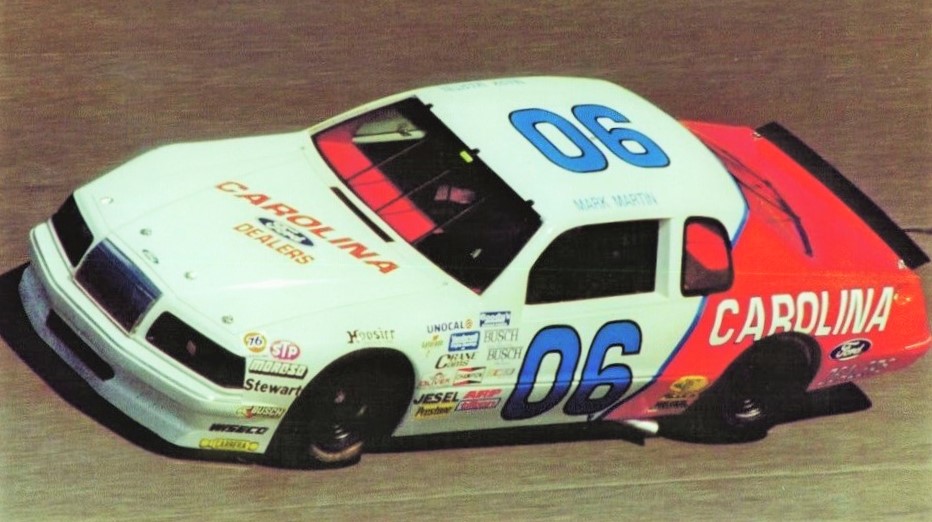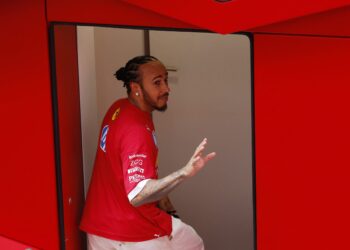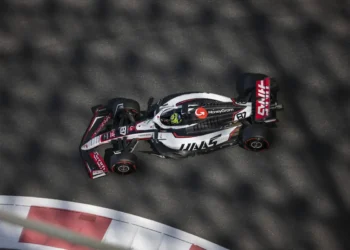he motorsports world has always been fertile ground for controversy, but few incidents compare to the drama of the 2007 Spygate scandals that rocked Formula 1, the NFL, and, as some might argue, even NASCAR. While Formula 1 saw McLaren hit with a $100 million fine for obtaining Ferrari’s technical secrets, and the NFL was embroiled in the New England Patriots’ videotaping scandal, NASCAR had its own tale of betrayal: the Bill Davis Racing (BDR) and Toyota controversy.
This story, often dubbed NASCAR’s “Spygate,” wasn’t just about bad decisions; it was a masterclass in how ambition and opportunism can backfire spectacularly.
Bill Davis Racing: A Dream Built on Ambition
In the 1990s, Bill Davis had one goal: make BDR a dominant force in NASCAR. Backed by the success of his rental truck company, Davis entered the racing world with big names like Mark Martin and Jeff Gordon. Though he lost Gordon to Rick Hendrick, Davis forged ahead, eventually landing drivers like Bobby Labonte and Ward Burton. Under Burton’s guidance, the team scored its first win at Rockingham and even captured prestigious victories like the Daytona 500 and Southern 500.
Yet, despite these successes, BDR lacked the consistency needed to contend for championships. Davis, always eager for a competitive edge, became known for his willingness to switch manufacturers in search of better deals. By the early 2000s, the team had aligned with Dodge, who provided not just engines but essential resources like wind tunnel access and shop support. But it wasn’t long before another opportunity came knocking—one that would change everything.
Enter Toyota: A Risky Partnership
In the mid-2000s, Toyota was preparing to enter NASCAR’s Craftsman Truck Series with aspirations of eventually competing in the Cup Series. For this, they needed a partner with experience, and Bill Davis Racing seemed like the perfect fit. The problem? BDR was still deeply embedded in Dodge’s program, benefiting from the automaker’s infrastructure.
Despite this, Davis saw dollar signs and jumped ship, forming an alliance with Toyota. In doing so, BDR effectively betrayed Dodge, using their resources—including their state-of-the-art wind tunnel—to develop Toyota’s new NASCAR body and engine.
This act wasn’t just a breach of loyalty; it was a breach of trust that would have dire consequences.
The Fallout: Betrayal Uncovered
When Dodge learned that BDR was using its facilities to help a rival manufacturer, the fallout was swift and brutal. Dodge immediately severed ties with the team, leaving BDR scrambling for resources. The betrayal tarnished Bill Davis Racing’s reputation in the NASCAR garage, and many within the sport saw Davis as someone who had sold out for short-term financial gain.
Toyota’s entry into NASCAR’s Craftsman Truck Series proved successful, but BDR’s reputation never recovered. Even with Toyota’s backing, the team struggled to remain competitive. By 2008, Bill Davis Racing was sold, marking the end of an era—and a cautionary tale of what happens when ambition overrides loyalty.
Lessons from NASCAR’s ‘Spygate’
The BDR-Toyota saga remains one of NASCAR’s most infamous scandals, serving as a reminder that trust and integrity are just as important as speed and innovation in motorsports. While Toyota eventually found success in NASCAR, Bill Davis Racing faded into obscurity, undone by its own shortsightedness.
For fans and insiders alike, the story of BDR is a what-not-to-do manual in NASCAR politics—a tale of opportunity, betrayal, and the high cost of chasing dreams without considering the consequences.










